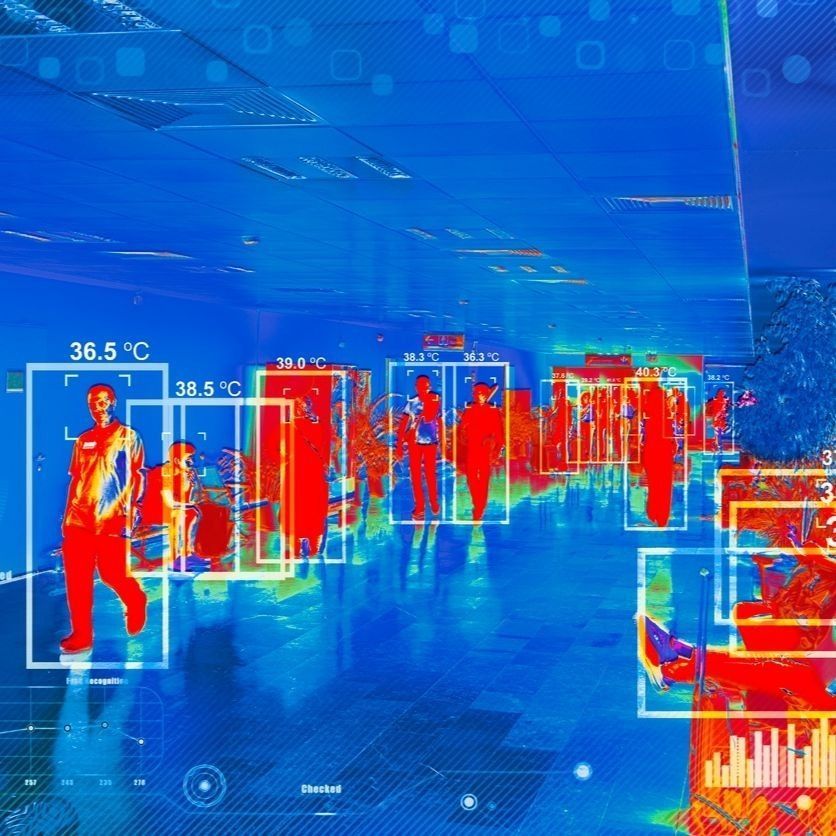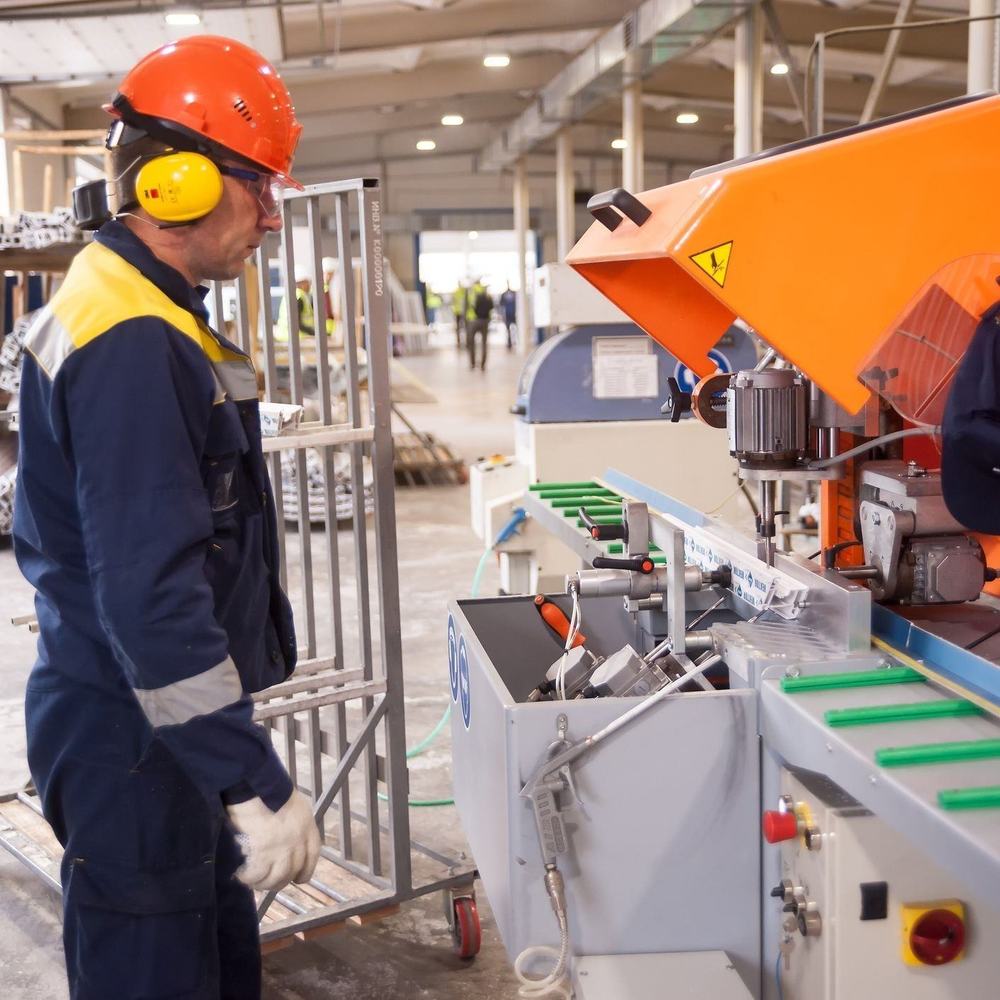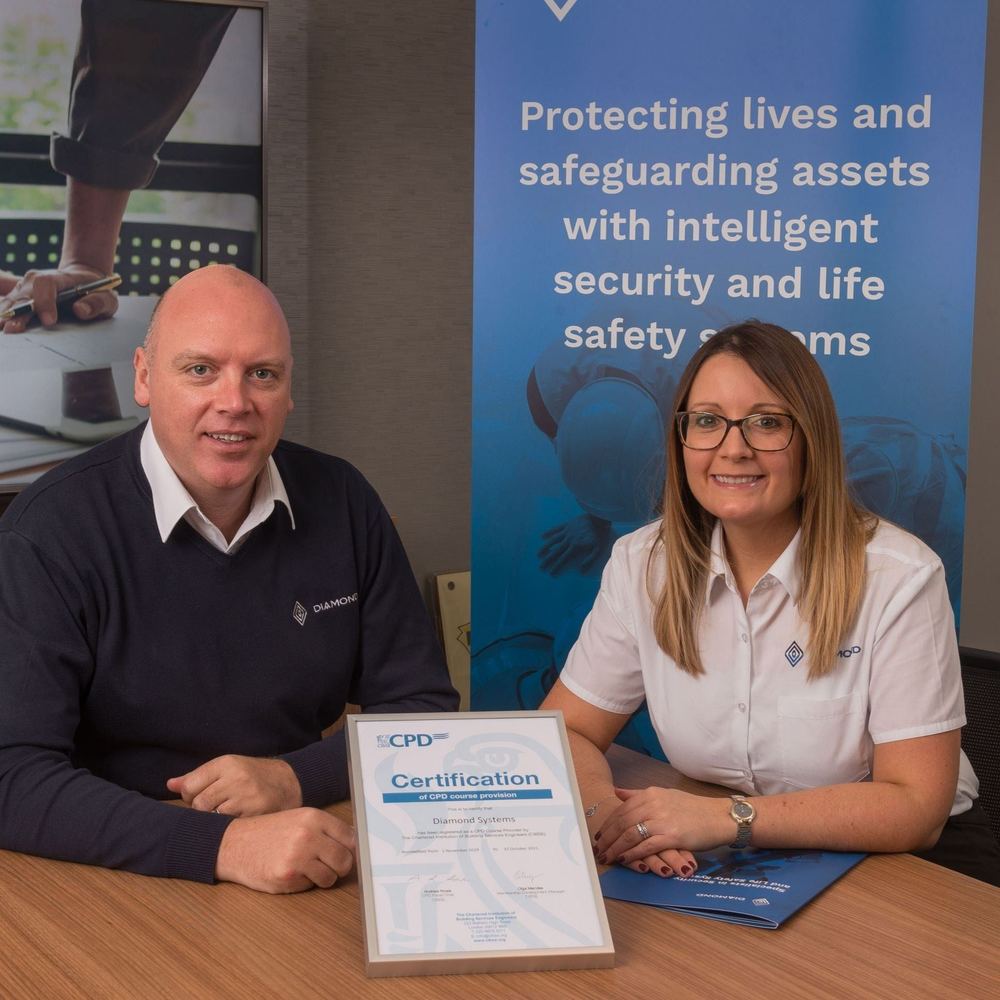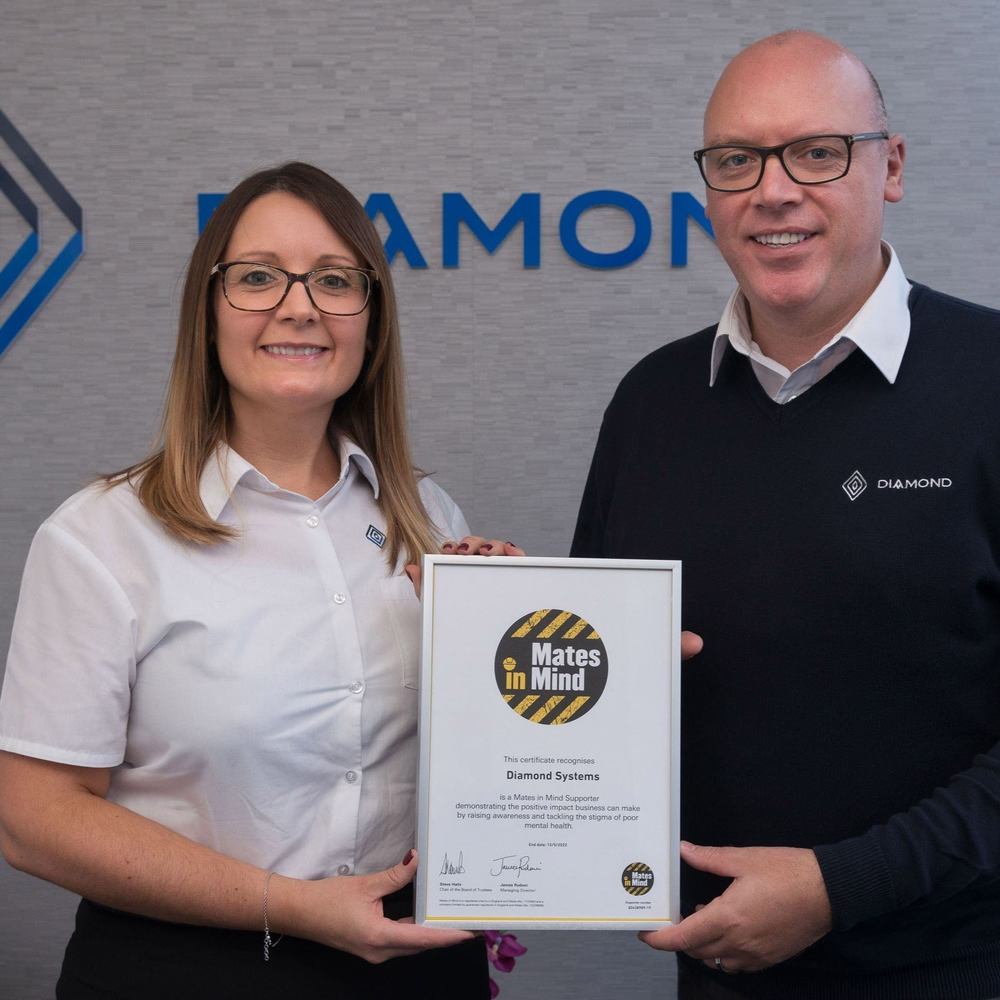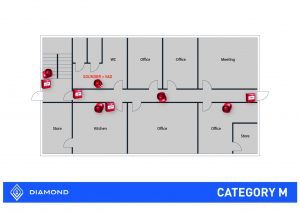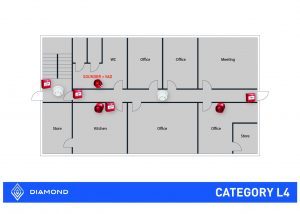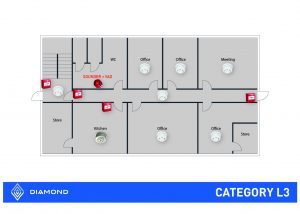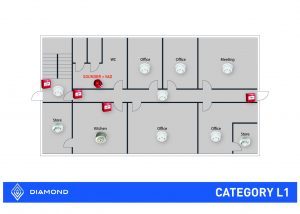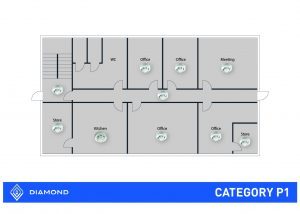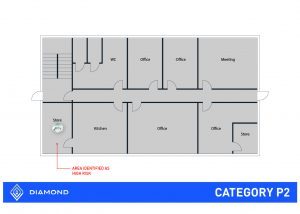The owners of Diamond Systems have collectively embarked upon a range of technical and business qualifications over the last 12 months. Due to the pandemic, much of the learning has taken place via online platforms, but this hasn’t deterred this ambitious team of family members.
Company founder, Tom Snoddon, has over 40 years’ experience in the fire and security sector, and is a former chairman of several leading industry associations. In Spring 2020, he completed the NEBOSH Fire Risk Assessment course, and is looking forward to delivering Fire Risk Assessments to new and existing clients. “Fire Risk Assessments are a legal requirement”, states Tom. “If you are responsible for a building other than a private home, you need to make sure a suitably competent person completes a Fire Risk Assessment for your premises. If there’s a fire and you haven’t met your legal duties to keep people safe, you could be fined and may even face imprisonment. That’s why it is vitally important to give this due attention.”
Tom’s son, Steve Snoddon, is Joint Managing Director and responsible for all technical aspects within the family business. With over 25 years’ industry experience, Steve first served as an apprentice engineer when he initially joined the family business in 1994. He recently undertook and passed the new Fire Industry Association (FIA) Fire Detection and Alarm Advanced Designer qualification. The qualification, the first of its kind in the UK, provides fire alarm specialists with the knowledge and skills necessary to work on the Design of Fire Detection and Alarm Systems. Learners apply the design principles gained through this qualification to produce system designs for comprehensive and effective coverage in accordance with the requirements of the premises, its use and the recommendations of the Fire Risk Assessment and Fire Strategy. Alongside his technical role within the business, Steve delivers CIBSE approved CPD accredited training to electrical consultant engineers, to raise awareness of the intricacies of fire alarm design, and help improve the overall life safety of new construction projects.
Steve’s sister, Angela Bennett, is also Joint Managing Director and is responsible for Administration and Operations within the business. She has recently embarked upon a two-year, part-time Master’s Degree with the University of Ulster Business School. The MSc Business Improvement course equips senior leaders with the knowledge and skills required to better examine their processes and procedures in order to effect strategic improvements and change.
Commenting on the learning activities of the Senior Team, Angela said, “Now more than ever there is a need for businesses to focus on operational performance outcomes in order to deliver greater efficiency and effectiveness. As a long-established, specialised business, we recognise the collective skills and expertise within our team. We are working collaboratively with system designers, specifiers and clients to impart that knowledge, ultimately to protect lives through adequate fire alarm design, and appropriate risk management.”
John McKee, Non-Executive Director at Diamond Systems, and Managing Director of leadership consultancy firm, Linkubator is delighted with the appetite for continuous learning shown by the senior team: “We’re all familiar with the phrase, every day’s a school day, and this is an approach to life and to business that the Diamond team demonstrate in spades. There is always something new to learn about the industry, about the market we operate in, and about our customers, because the world is moving under our feet every day. This is one of the strengths commonly seen in family businesses; there is a long memory of just how much things have changed over the years, and the best commercial response is for everyone in the company to keep learning.”
Contact us if we can assist with your fire detection installation, commissioning or maintenance requirements, including assistance with fire alarm design, and Fire Risk Assessment. Email sales@diamondsystems.co.uk or call 02890 207 207.


